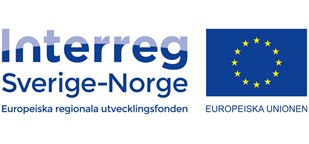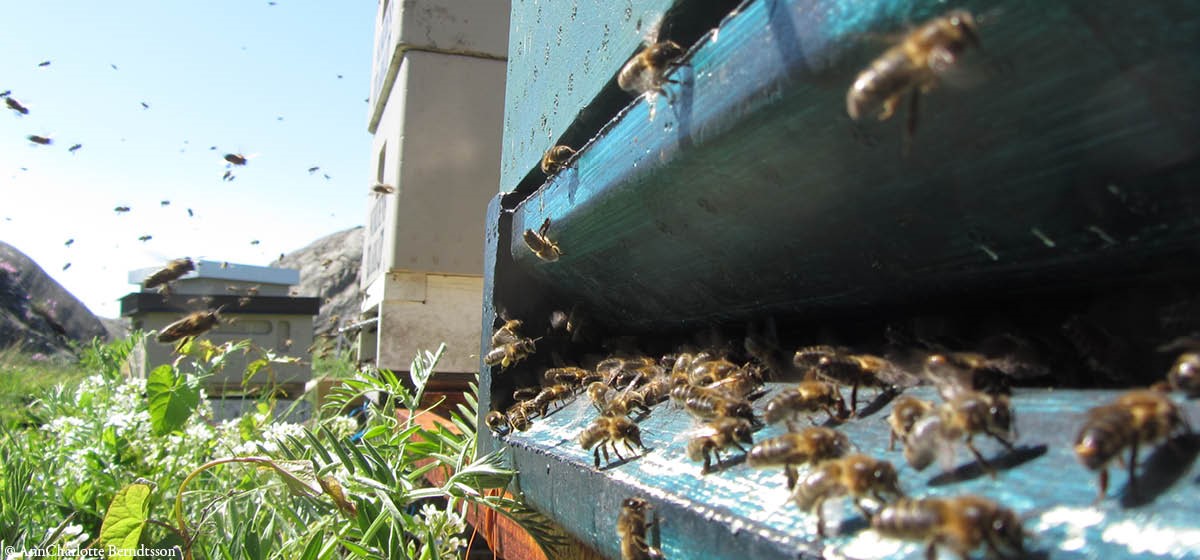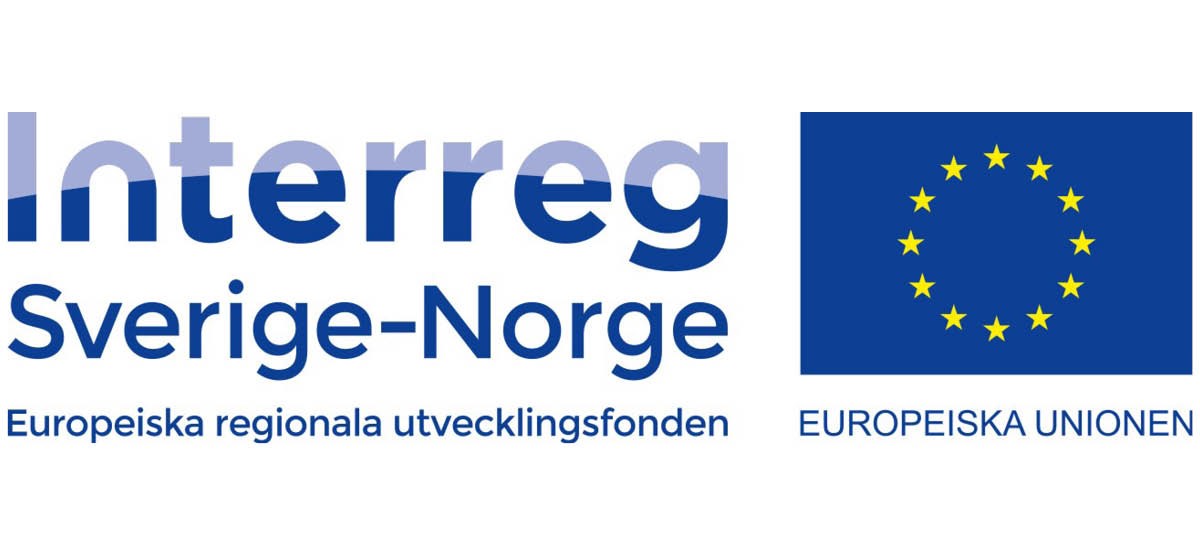INTERREG Bee Research Project
Bees play a critically important role in the ecosystem, in particular in the pollination of both wild flowers and crops. The economic value of this is enormous. Among honeybees, the species and subspecies vary in the way they forage and in how efficient they are at pollinating. There’s evidence that they have adapted to local environmental and climatic conditions, but much of it is anecdotal and needs corroboration by a systematic collection and documentation of data in comparative studies over longer periods.
Nordens Ark's work
The INTERREG project Supporting Nordic Brown Bees – A Unique Resource For Our Ecosystem was launched, with Nordens Ark and Norges Birøkterlag (Norwegian Beekeepers) as Swedish and Norwegian project leaders, as a step towards creating a scientific foundation. INTERREG is an EU initiative intended to promote cross-border collaboration. Project partners are University of Skövde, Umeå University and the University of Gothenburg, and the funding is shared equally between INTERREG and the project participants.
In this cross-border project involving Norway and Sweden, the characteristics of four bee species, including the endangered Nordic brown bee Apis mellifera mellifera, was compared in an objective way. In addition, information and knowledge was spread about bees and beekeeping, and about the crucial role of the bee as nature’s pollinator.
In the course of the project, we investigated details such as:
- Whether there are variations between species as to exactly when in the season they fly, and if the weather and temperature influence them
- How long worker bees live
- Feed management by weighing hives
- Logging which plant species the bees collect pollen from. This is done by using special pollen traps which are attached to the hive entrance and scrape pollen from the bees’ legs. The pollen’s origin can then be determined under a microscope
- Resistance to different diseases
Five apiaries were established for the project: two on Sweden’s west coast, at Nordens Ark and Uddevalla, one at Juoksengi in Norrbotten, and two in Hedmark and Østfold in southern Norway. In each apiary, four hives per species was set up in 2019 and monitored closely during 2020 and 2021. In Sweden we were monitoring four bee species (Apis mellifera mellifera, A. m. carnica, A. m. ligustica and Buckfast), and in Norway three species (Apis mellifera mellifera, A. m. carnica and Buckfast).
For further information about the project, contact:
Mats Niklasson, Nordens Ark [email protected]
Tora Vinterli Hoel, Norges Birøkterlag [email protected]









